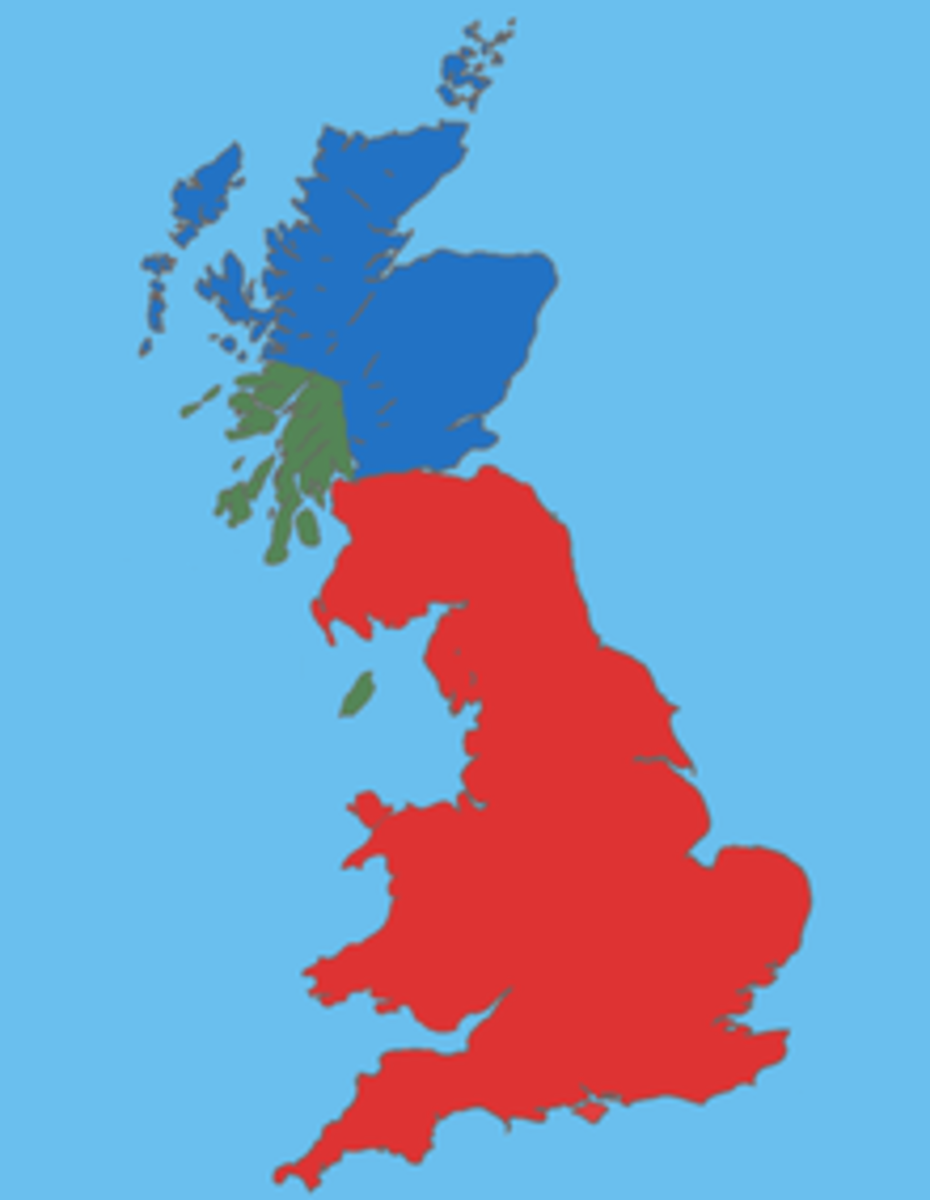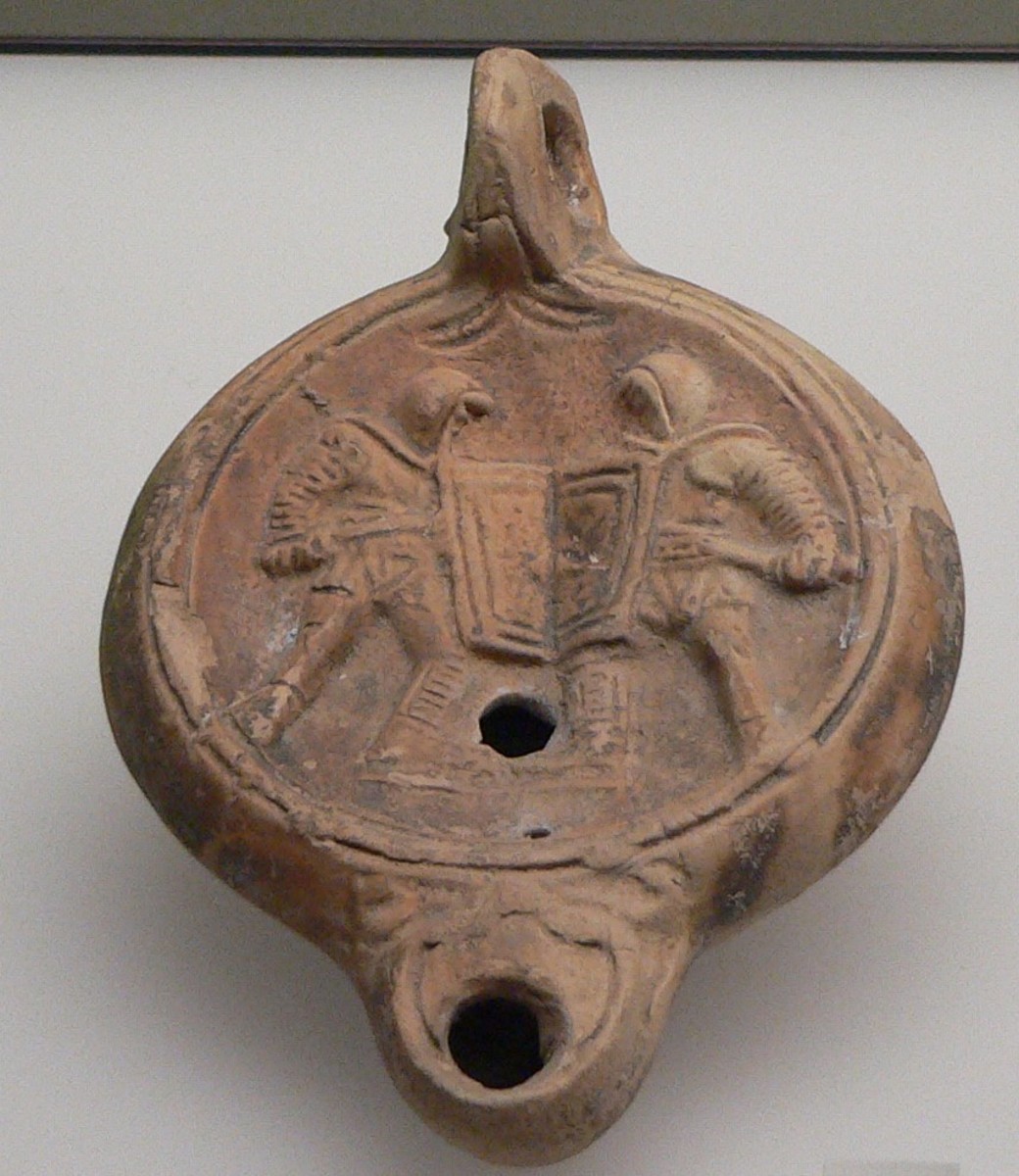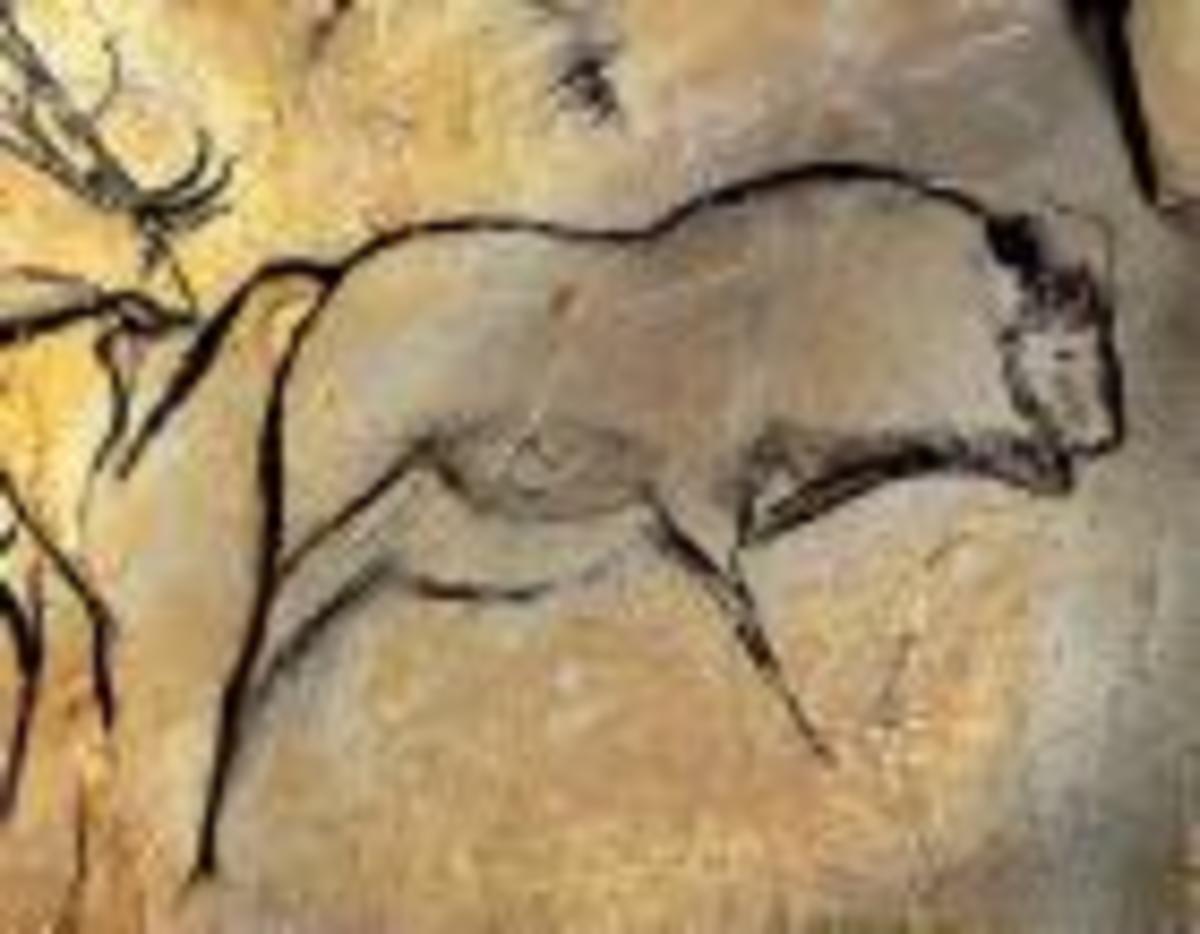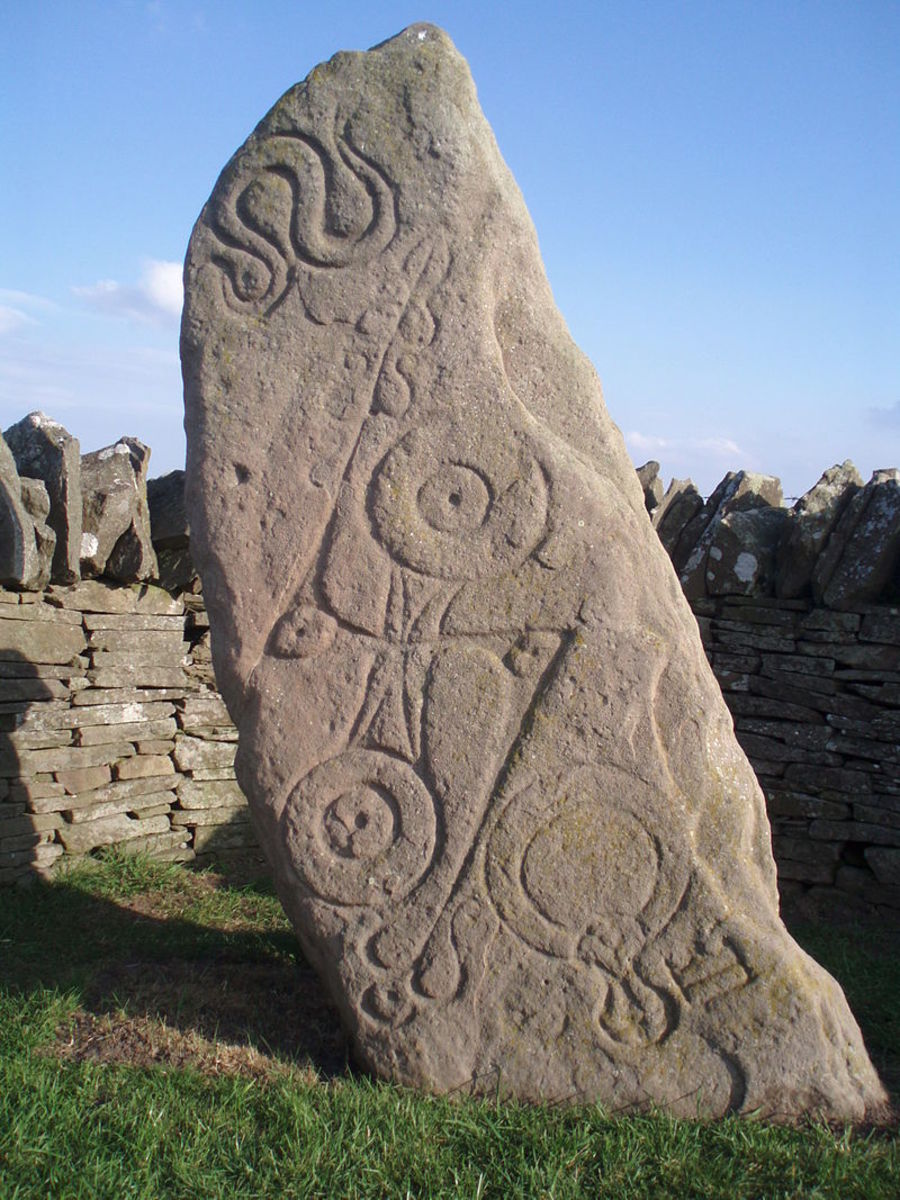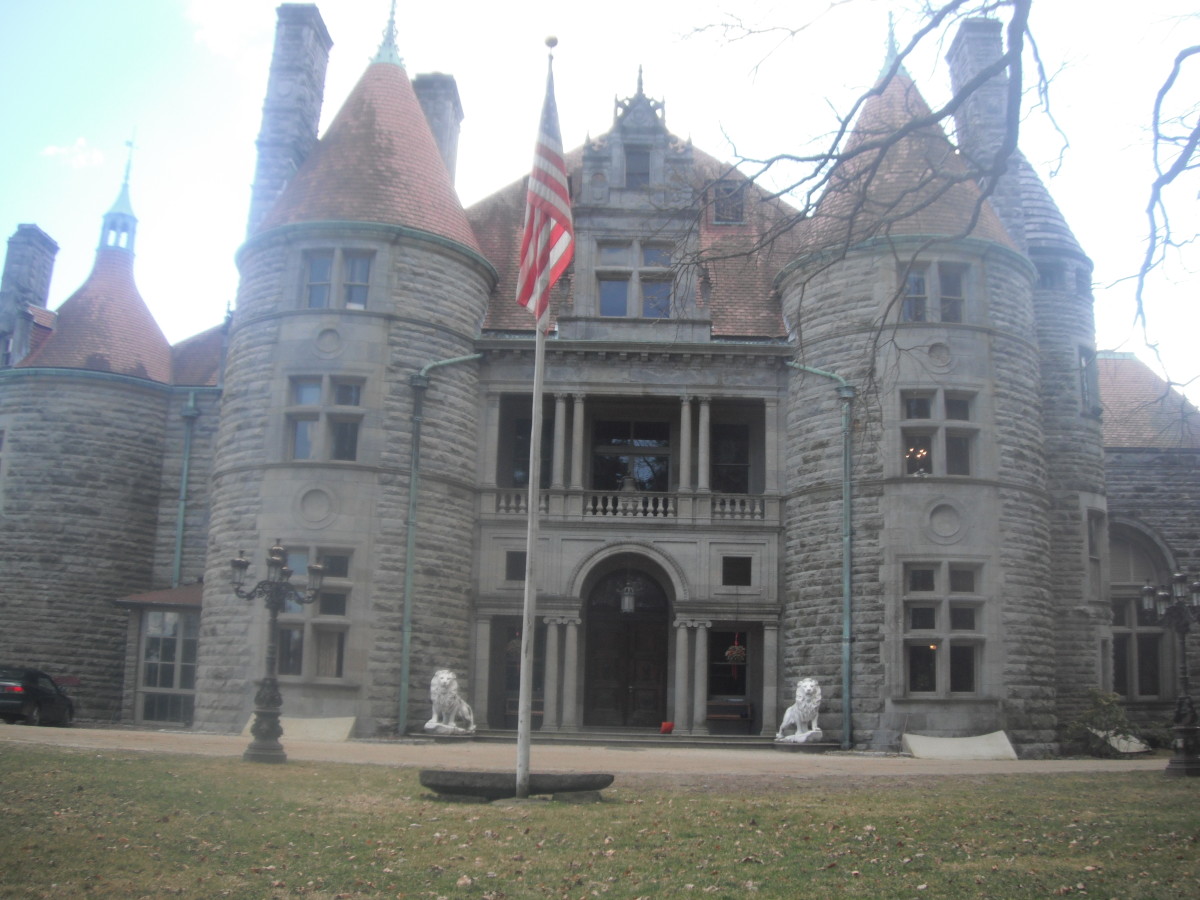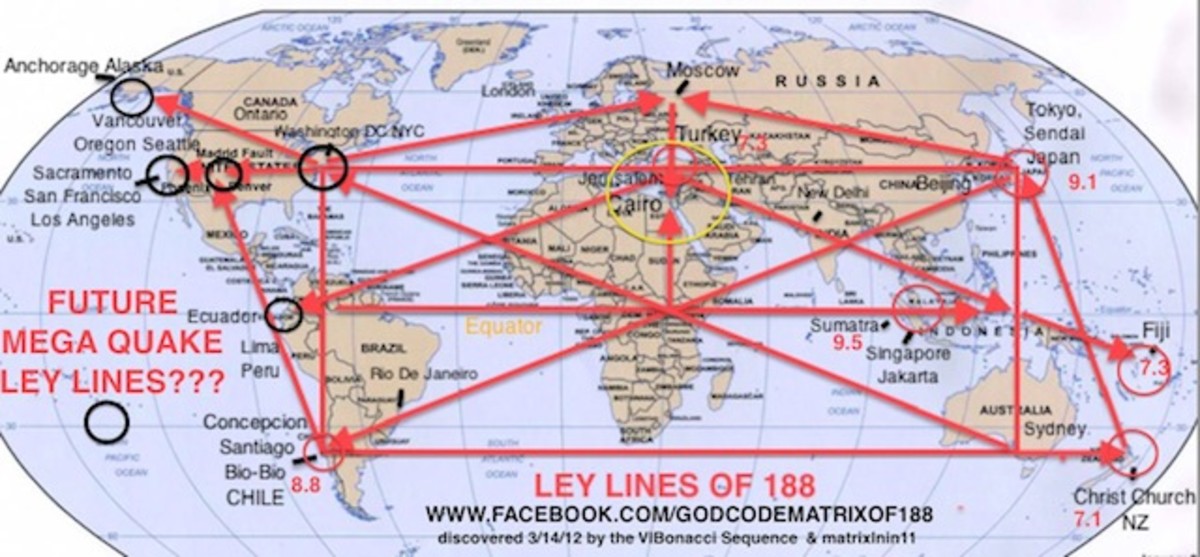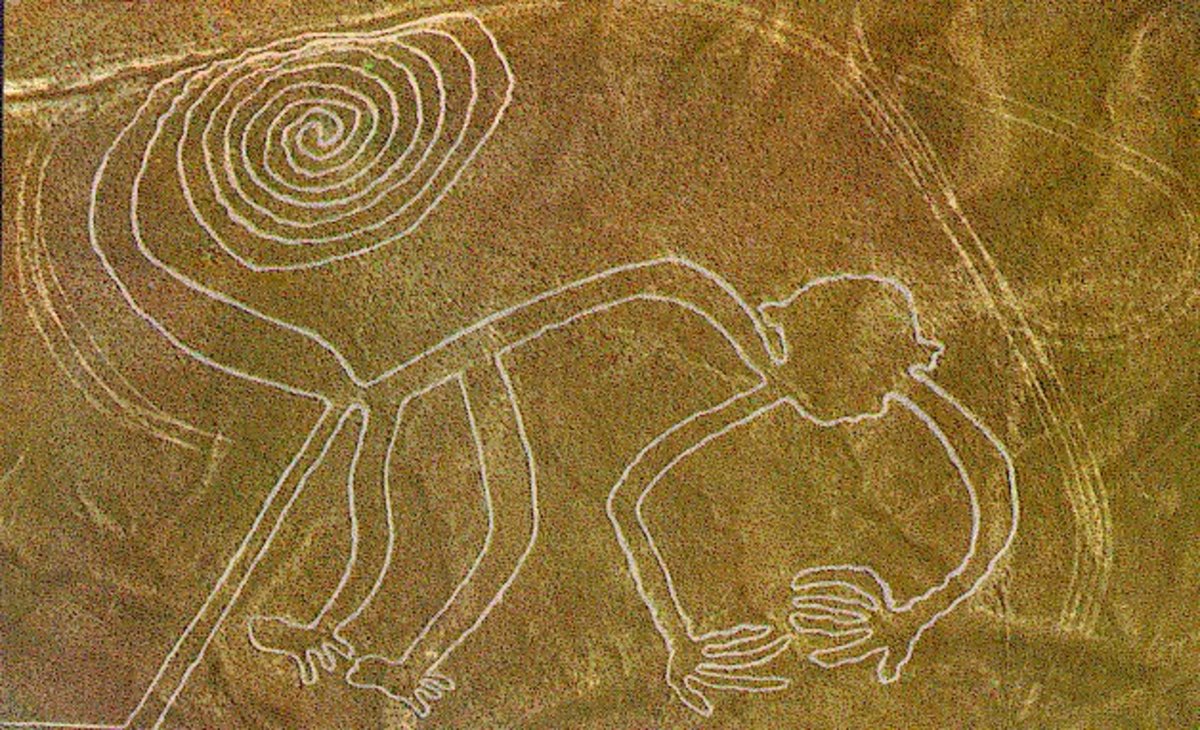- HubPages»
- Education and Science»
- History & Archaeology»
- Archaeology
The Purpose and History of Hadrians Wall

Hadrian’s Wall is possibly the most important substantial relic in Britain that is both a National and World Heritage site. From the Tyne to the Solway, spanning 80 Roman miles in length (approx. 73 modern miles), approximately 10ft wide and 15ft high, it was and is a dramatic feature in the landscape of Northern England. Building began under the reign of the Emperor Hadrian in 122AD and it remained the most northern boundary of the Roman Empire until 142AD when the Antonine Wall was constructed in Scotland. However, this wall was built less strategic and strong than Hadrian’s and inevitably by 162AD Roman troops retreated back to the boundaries of Hadrian’s Wall. Though some have argued that Hadrian’s wall was in fact built by the Emperor Septimius Severus in what was coined the ‘mural controversy’ (and some have also argued the same for the Antonine Wall) , both modern and ancient scholars and sources can prove beyond reasonable doubt that Hadrian was the builder. John Hodgson in his ‘History of Northumberland’ brought to light incontrovertible evidence in favour of Hadrian, information that was corroborated by inscriptions on various structures along the wall by soldiers of Hadrian’s army such as ‘IMP[eratori] CAES[ari] TRAIAN[i] HADRIANI AVG[vsti] LEG[io] SECVNDA AVG[vsta] (fecit)A[vli] PLATORIO NEPOTE LEG[atvs] PR[o] PR[aetore]’ found at Milecastle38 (RIB 1638) and now housed in the Museum of Antiquities in Newcastle upon Tyne. This shows that the builders were second legion Augusta under the Emperor Hadrian and the governor of Britain at the time was Aulus Platorius Nepos. Ancient sources also affirm Hadrian such as Aelius Spartianus; ‘Having completely transformed the soldiers, in royal fashion, he made for Britain, where he set right many things and - the first to do so - drew a wall along a length of eighty miles to separate barbarians and Romans.' (Aelius Spartianus The Augustan History, Hadrian 11.1)
The site of the wall was originally a road stretching from Carlisle to Corbridge (16 miles west of Newcastle) called the Stanegate, a line on the map that provided a visual reference point for troops tasked with the conquering of Scotland. The road, which served mainly as a supply route, had approximately an original 4 major forts along it (including the famous Vindolanda) and a few minor plus the occasional look-out tower. Building the wall on this site was an excellent geographical choice as it was the narrowest part of England and fell largely on a natural fault line called the Whin Sill. The Whin Sill fault provided a volcanic outcrop of igneous rock forming a line of north-facing crags (Breeze & Dobson, Hadrians Wall, pg 28) on which the wall was constructed giving it added height and majesty with a soft slope on the southern side leading to what is known as ‘The Vallum’ (Latin for rampart), a large ditch with 6ft high earth banks, which was built partly for defensive purposes (Hadrians Wall, James Ford Johnston, pg 54) though some archaeologists have speculated formed a southern ‘military’ boundary i.e no civilians were allowed between the wall and the Vallum (Hadrians Wall, James Ford Johnston, pg 55). Ground penetrating radar has shown us that the settlements beyond the Vallum were much bigger than first anticipated, perhaps there were 4 or 5 times more civilian presence than military in these areas, so creating a military ‘sterile’ area could have been valuable. From the perspective of building, the Whin Sill fault provided enough rock to quarry, one of the reasons it is possible that the Antonine Wall, constructed of turf due to the lack of rock, was never as strong a hold point.
There are two popular and logical reasons why Hadrian would have ordered the construction of the wall, the first reason being purely for military and territorial requirement. It is possible that Hadrian realised that he couldn’t keep expanding and literally drew a line at the edge of his Empire. The Roman’s therefore were seeking security in the construction of the wall, a linear demarcation and physical barrier to separate the Romans from the savage barbarians of the northern tribes called Caledonians as Scotland was then known as Caledonia. There are regular accounts of attacks by the Caledonians in the late 1st Century and throughout the 2nd Century. This threat must have been perceived as extremely significant as we can see the best Romans were sent to govern Britain with 3 legions based on the island. The wall was therefore both a control measure against these attacks and a place for patrols to get an excellent vantage point for surveillance on the lands beyond (Hadrians Wall, James Ford Johnston, pg 58). It is noteworthy, however, to mention that the Roman army were not passive. They preferred to fight out in the open where their military tactics were at their best and so the idea of the Wall being used for battle can be misleading (Hadrians Wall, James Ford Johnston, pg 58). The Wall’s function could therefore be described as a marker for the edge of the Roman empire and a warning to any northern tribes that attacking from this point onwards would incur the wrath of Rome. After Hadrians death, Antoninus Pius became emperor and advanced beyond the Wall into lowland Scotland. His creation of the Antonine Wall on the Clyde-Forth line used by Agricola previously can affirm the fact that the construction was a mark of territory rather than a military defense.
Hadrian’s Wall (and later the Antonine Wall) was the only Roman frontier where all the elements were linked as opposed to the forts and towers being separate in the landscape. The forts along Hadrian’s Wall were built uniquely astride the wall which gave the troops no movement restriction in attacking forward from the wall or retreating back to behind the wall to defend. This type of building innovation leads us to believe that the wall was specifically built for military purposes. However the amount of gates on the wall show that defence was not the intended purpose, rather a point to attack from (Hadrians Wall, James Ford Johnston, pg 59). The local tribes did not build in stone and the mere sight of the stone wall, especially in the places where it was atop the cliff faces, would have both bemused and unnerved them. This reaction would have ideally given the Romans an advantage of the Caledonian tribes not wanting to attack such an ominous structure in their eyes. No barbarian people took up residence in sight of the wall. In addition to the wall itself, the Romans built a system of ‘mile-castles’ (small forts with garrisons of up to 60men) every mile along its length. Watch towers were found approximately every third of a mile and sixteen major forts (housing up to 1000 troops) with north facing gates were built into the wall in the aforementioned fashion. The building of Hadrian’s Wall took a long time; forts were still being completed a good ten years later.
The effectiveness of Hadrian’s Wall as a military tool can be questioned, however. A frontier on its own does not stop an invasion; it needs a powerful and disciplined army behind it as seen between 73BC and 71BC during the two year rebellion of Spartacus. Marcus Licinius Crassus built an urban bank to enclose Spartacus and the slave rebels but Spartacus burst through it and rode over it. The legions in Britain did not patrol Hadrian’s Wall; it was manned by Auxiliary forces from all over the empire, a heterogeneous group of non-Roman citizens. It’s effectiveness as a military deterrent ran out soon after 181AD when the wall was crossed and the northern tribes (Caledonians) entered the Roman Empire leaving a mass of destruction and a dead Roman General in their wake. Evidence for this is the rebuilding of certain parts of the wall (Hadrians Wall, James Ford Johnston, pg 71) which suggests the attacks were localised and not an all-out attack on the wall. In 367AD the wall was crossed again during a major invasion of Britain and according to the Roman historian Ammianus Marcellinus (book 27). Britain became overrun with tribal forces which had all attacked in unison, a debate known as the ‘The Great Conspiracy’ as to whether the tribes had learnt from their Roman foe and adapted to working together and gaining discipline or whether the attacks were in fact random and coincidental. James Ford Johnston in his book ‘Hadrian’s Wall’ sides with the idea that the tribes had learnt from the Romans (pg83). Hadrian’s Wall was never the same after the attacks of 367AD, Theodosius the Elder came to Britain to restore the peace and in turn did restore the wall as best he could but it was no longer the elite system built by Hadrian. Forty years on the wall became obsolete (Hadrians Wall, James Ford Johnston, pg 84).
The reason for the building of Hadrian’s Wall has been discussed by many academics. A debate between the practical function of the wall versus its building for the reason of pure Roman vanity has arisen. Though from any perspective the building of Hadrian’s Wall was a major Roman engineering feat it could be said that Hadrian was simply a megalomaniac builder and liked to build large things. Roman history shows that Emperors undertook large building projects for a number of reasons; to please the people, to please the senate, to look benevolent or even to create a ‘first’ of its kind. Hadrian’s Wall was indeed a first of its kind, there was a wall in Germany (Limes Germanicus) that Hadrian had possibly seen on his campaigns. That may have inspired him to order the building of the wall in Britain but the construction of the wall in Britain was to far outdo that of Germany. The Wall may have been impressive to the Roman people but another purpose of its grandeour may have been to make a political statement to the tribes of Britain, especially in the North who were seemingly troublesome. Hadrian’s Wall makes a statement that the Romans are there and that they can build large stone structures, which of course to the northern tribes was something they just didn’t do. The message sent out was that the Romans were in control and had better resources, better engineering and effectively the northern tribes should submit or stay away. From the fact that there are no tribal structures in the sight of the wall it appears to have worked albeit temporarily. The political statement, as strong as it was did not however last. Hadrians Wall became abandoned quickly. Once Septimius Severus had died his son Caracalla who was campaigning in the North of England tasked with eliminating the northern tribes returned. Soon after a peace agreement was made with the northern tribes
Hadrian’s Wall was an excellent military structure providing a surveillance for the Roman patrols and control of movement between the north and south of the structure. The frontier was an extremely useful linear, military boundary between the barbarian northern tribes and the Romans. The question that remains to be answered is; was the threat beyond the wall that extensive to warrant the exorbitant expenditure of time, money and effort poured into building it in a relatively unproductive province or was it simply a vanity project? The Wall was at one point abandoned for the troops to push forward and create the Antonine Wall, but then they returned when the Antonine Wall proved less of a military defence than Hadrian’s. Its military features and advantages are clear but it cannot be denied that the structure is an incomparable memorial to Hadrian himself. Whether the military and territorial aspect of the building the wall was considered more than just vanity, the inspiration factors coalesced to create Hadrian’s Wall that helped maintain the Roman occupation of Britain.
Today Hadrian’s Wall provides us with a large amount of information and archaeological evidence from our Roman roots. Only 5% of the wall has currently been examined archeologically and the findings are raising more questions than answering them. It is a rich source of social and military history and without Hadrian’s Wall we would have a lot less information on that period in our own past.
Bibliography
Breeze, David J and Dobson, Brian, Hadrian’s Wall (3rd Edition), Penguin Books Ltd, 1987
Divine, David. The North-West Frontier of Rome: A Military Study of Hadrian’s Wall, Macdonald & Co, 1969
Hingley, Richard, Hadrian’s Wall - A life, Oxford University Press, 2012
Johnston, James Forde, Hadrians Wall, Book Club Associates, 1977
Shaped Roman Europe. Princeton, NJ: Princeton University Press, 1999.
Shotter, David. The Roman Frontier in Britain, Carnegie Publishing Ltd, 1998
Wells, Peter S. The Barbarians Speak: How the Conquered Peoples Shaped Roman Europe, Princeton University Press, 1999
Whittaker, C. R. Frontiers of the Roman Empire: A Social and Economic Study, Johns Hopkins University Press, 1997
*‘Aelius Spartianus: The Augustan History’ is referenced from Breeze, David J and Dobson, Brian, Hadrian’s Wall (3rd Edition), Penguin Books Ltd, 1987


